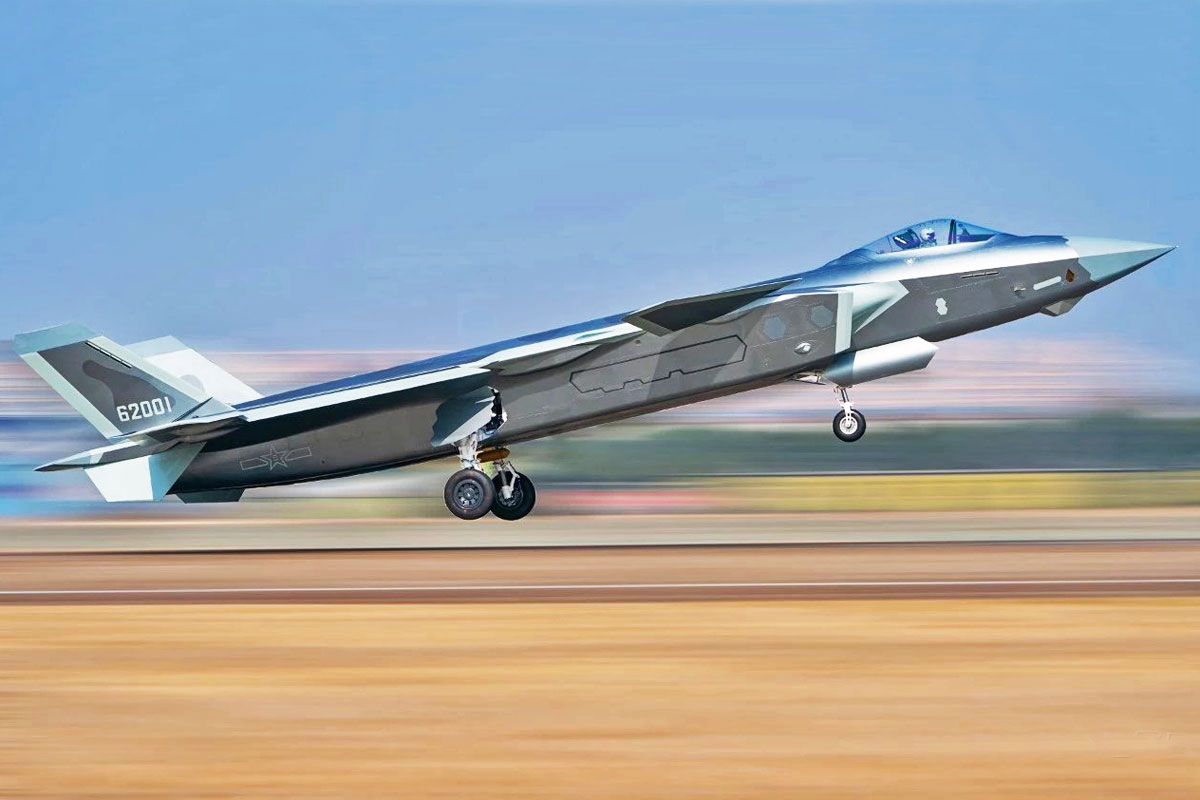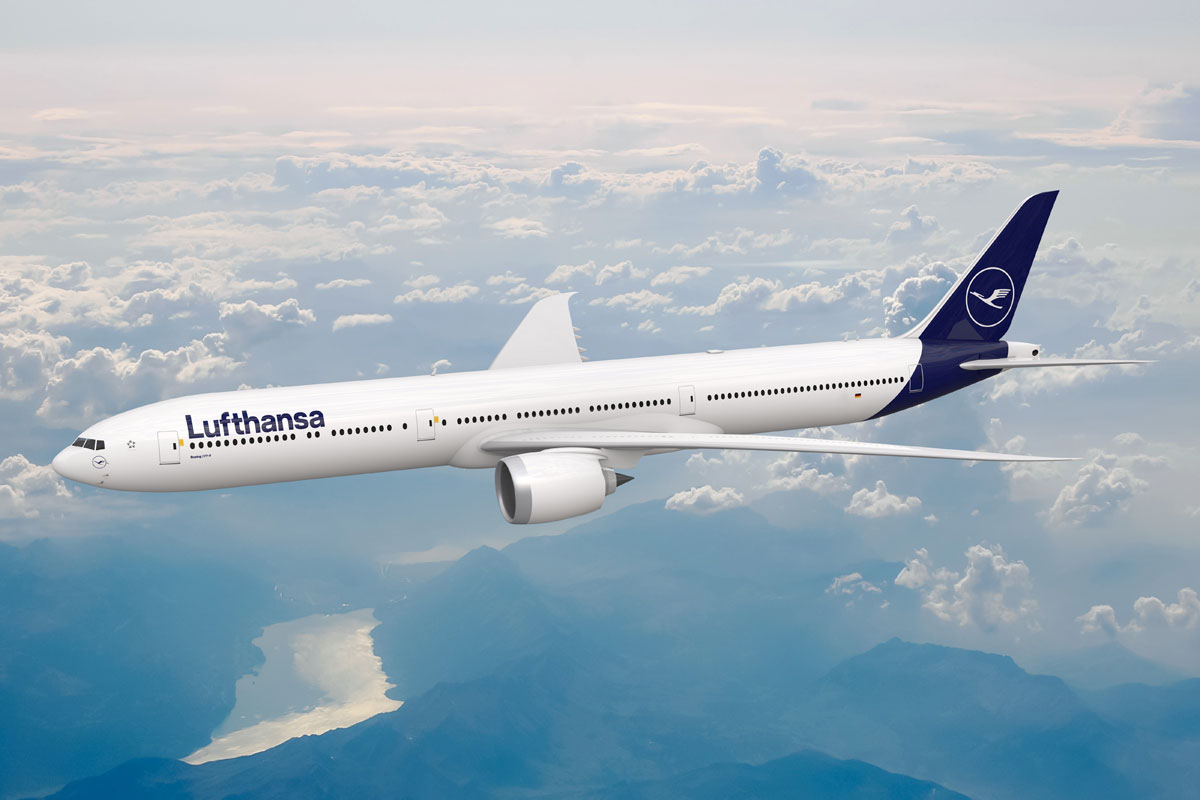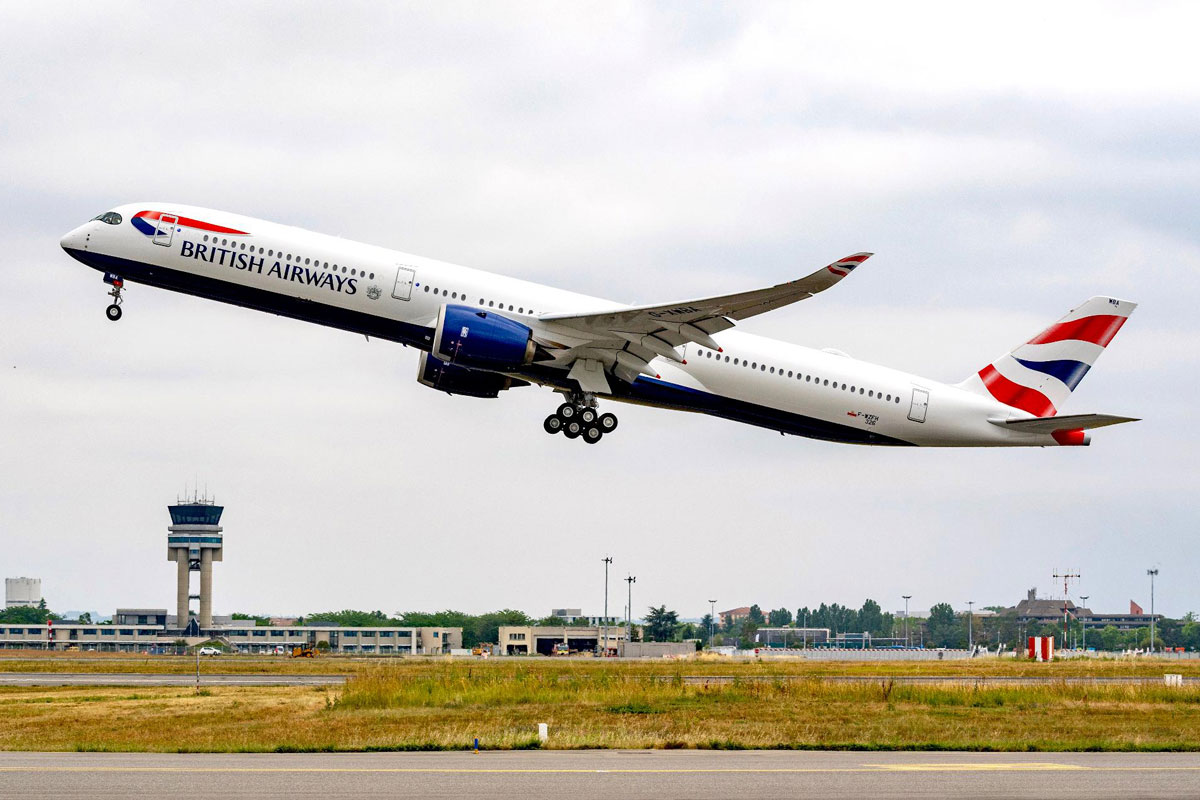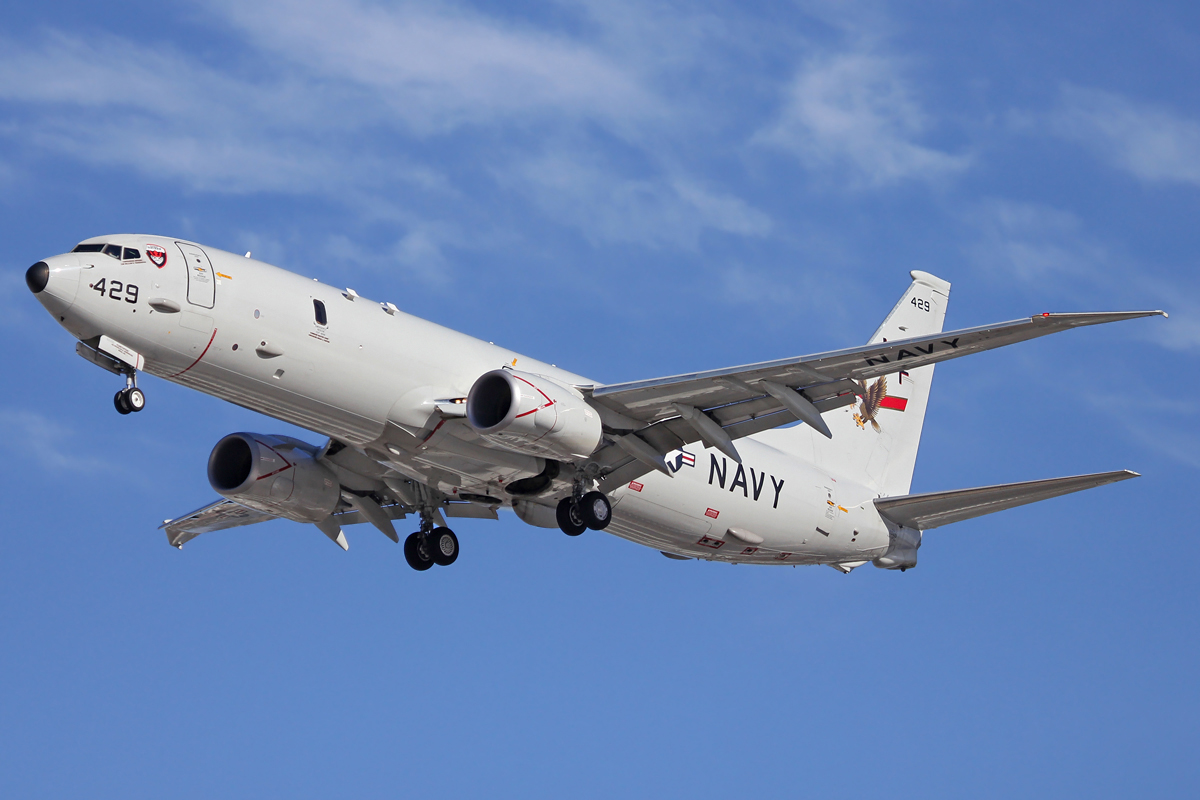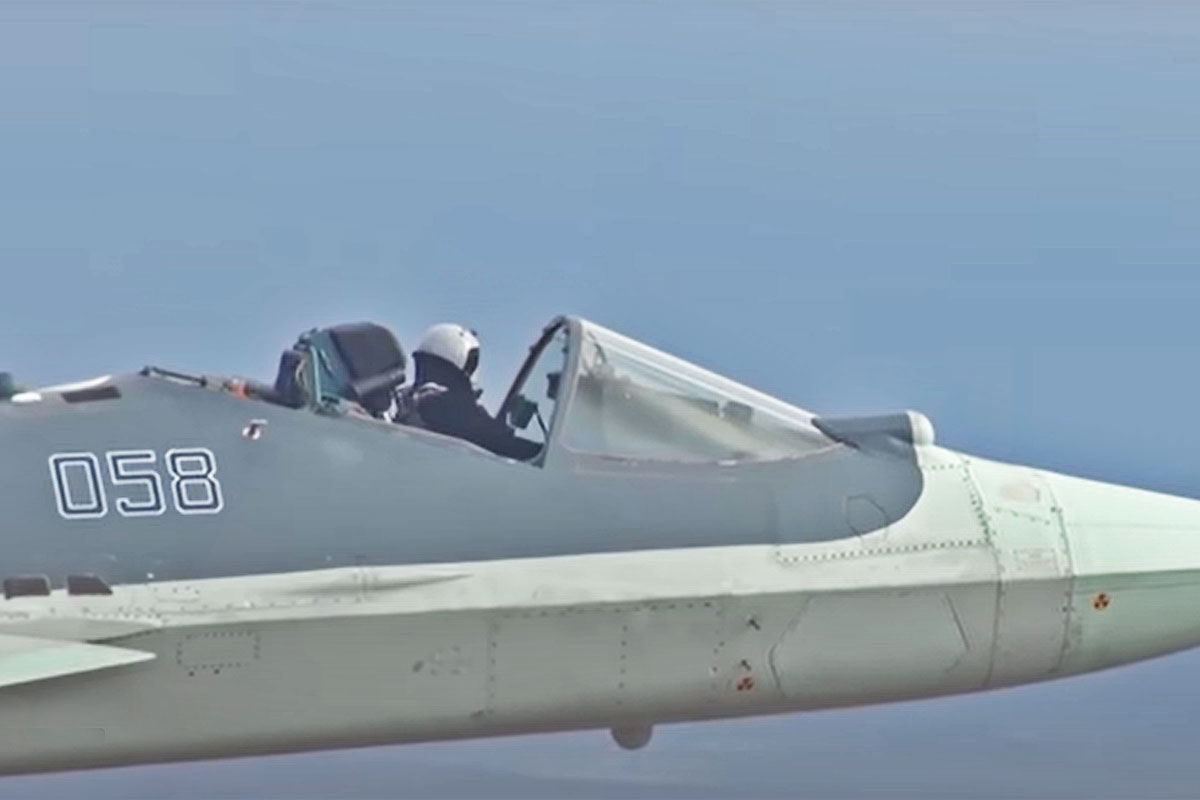In recent days, the People’s Liberation Army Air Force, also known as PLAAF, has released the first official image of a Chengdu J-20 fighter. The J-20 is the third operational stealth fighter in the world, second only to the Americans F-22 and F-35.
And it is precisely the United States that most seem to fear the capacity of this new Chinese aircraft, developed by the country to expand its power and military influence, as Russia, the traditional opponent of the West, loses prominence for economic reasons.
General Charles Brown, head of the US Pacific Forces, said the J-20 is a “greater threat, greater capability.” The military believes China should declare the fighter operational later this year, although a squadron has been flying for some years.
It is estimated that there are just over 25 fighters delivered to the Chinese air force today. This is still a modest but significant figure close to what Russia has so far achieved with the Su-57, the latest stealth fighter to come into production. The project praised by Vladimir Putin, however, went through huge delays and was rushed into service. In addition, the air force uses part of the prototypes as production aircraft.
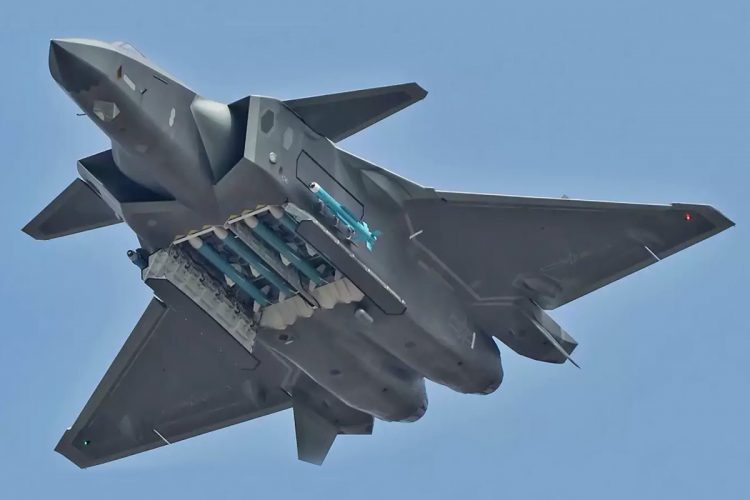
Mockup
Unlike Russia, the Chinese have no problem with lack of resources. With a vigorous economy and a versatile industrial sector, China wants to topple the US in many ways, including military technology.
According to recent reports, scientists in the country would have developed a new type of material that could not be detected by radar waves. This discovery would have made it possible to create a kind of membrane called a “meta surface” that would have the property of absorbing waves in any spectrum.
It is not known if the J-20 uses any of this technology, but some of its features do not match what was expected from a stealth aircraft. One is the afterburner engines, local versions of a Russian turbofan used by the Su-27 in place of a failed Chinese project. Since they do not inhibit heat, these motors could be detectable by sensors.
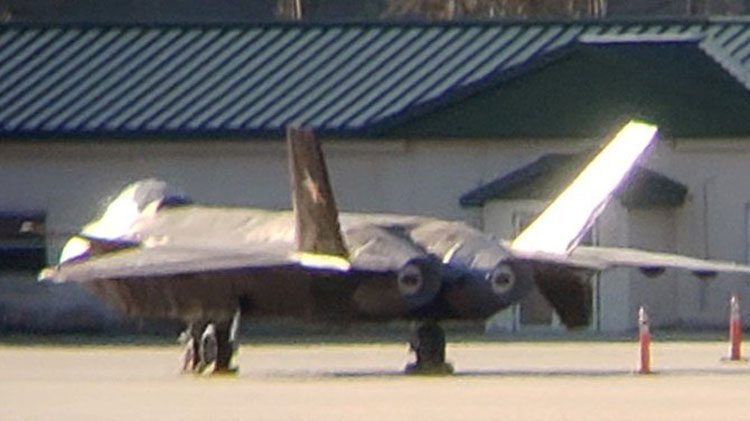
Another controversial issue is the adoption of canards, front control surfaces that are not used on US aircraft. It is not known exactly how the Chinese managed to create a reduced radar signature with these bulges.
In any case, the impact of the J-20 on US strategy can be measured by the fact that the Air Force has built a fighter-sized mockup recently seen at a US air base. It is merely a static structure possibly to help the military identify aspects of the aircraft. As it turns out, the J-20 has had at least one effect on military theater.

